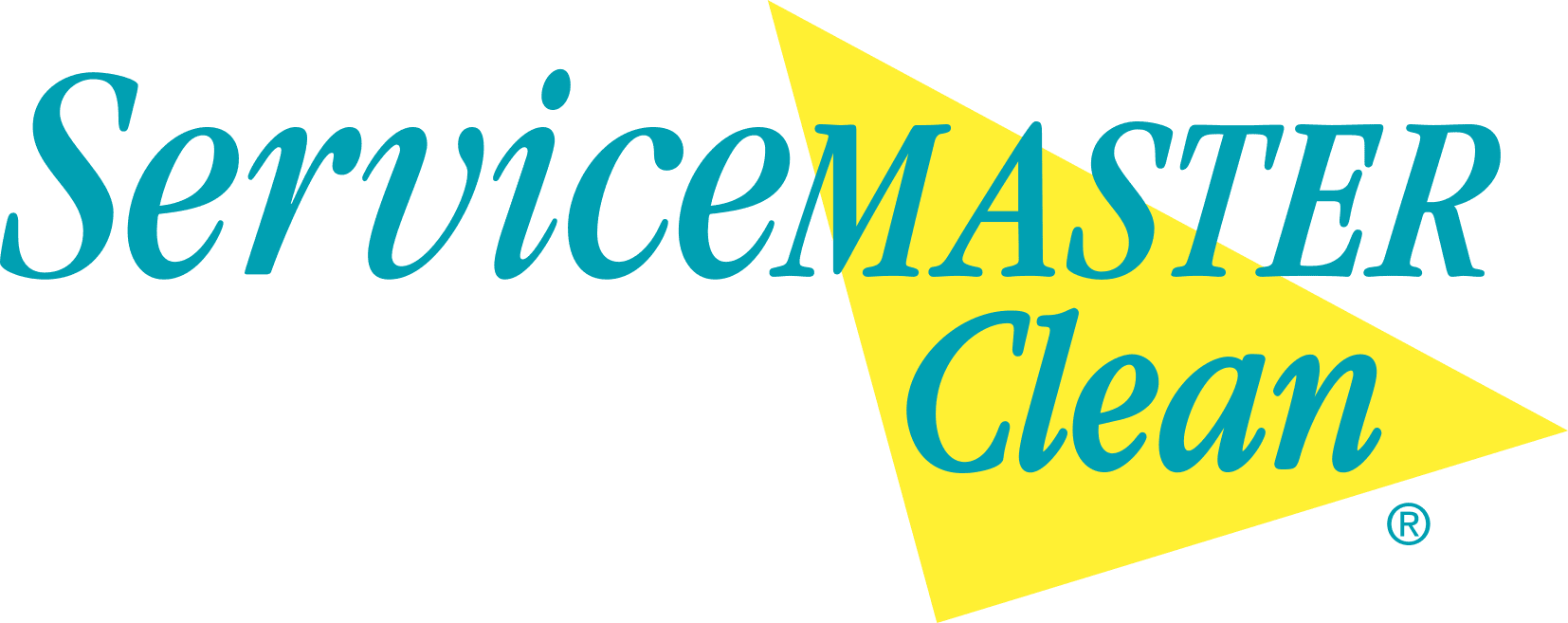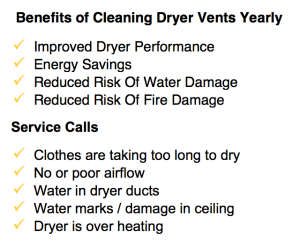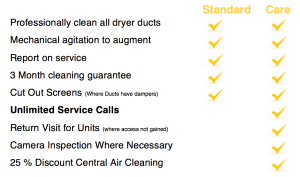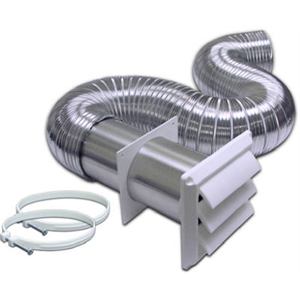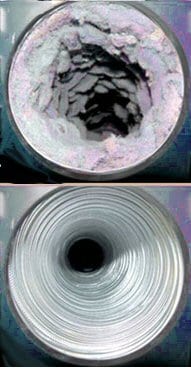Dryer Vent Cleaning Care
Property managers often come to us with their problems and we try to solve them. In 2010 we noticed many were tired of constantly hiring different contractors to re-clean their gutters throughout the year. Our solution was the Gutter Maintenance Programs; a total service plan where ServiceMaster takes responsibility for cleaning your gutter over an extended period of time… not just for the day a technician is out there.
We are now very excited to introduce another service that will help strata buildings and property managers. DRYER VENT CLEANING CARE provides solutions to a number of challenges that a strata may face with their dryer vents. Our Standard dryer vent service includes the items listed below and the Dryer Vent Cleaning Care program has added features to deal with concerns through out the year.
Quick Fact – did you know we serviced over 35,000 dryer vents in 2014?
What does it cost?
Similar to our gutter maintenance programs, the Care is an additional item added on the standard cost of the service, prices range from $ 200.00 to $ 400.00 per strata.
What is a return visit?
It is in the best interest of the strata that all dryer vents are cleaned every year. The damage that can occur affects the common area of the building. For whatever reason up to 30% of the units during the initial service access is not successful. We will return and attempt to gain access again.
How do you clean dryer vents? “Push & Pull”
This is an image showing how we feed the tooling into the pipe. At the top, we see how feeding it in from the inside works to ‘push’ the lint and air out the dryer vent point, so that lint does not get into the unit. From outside, the bottom pic, we feed the hose in through the vent cover and ‘pull’ the air and lint backward. They both work the same, as both remove the lint from inside the tube and force it out, away from the unit.
Can you clean high-rise strata’s without entering the units?
Yes we can we have certified rope access techs on our team that rappel from the exterior of your building and service the vents.
Should we have our vents cleaned from the exterior only, or should they be cleaned from the interior and exterior?
This depends on the length of your ducting and how many corners there are in the system, we generally recommend that strata’s alternate every year. When preparing the plan for your strata we can investigate the vent system to make a recommendation.
What is central air cleaning? & How often should they be cleaned?
Central air cleaning is the ducting system that provided the fresh air from outside into your common hallways of your building; this is generally from a rooftop unit. They should be cleaned every 2nd year at minimum and more often in a high-density area.
